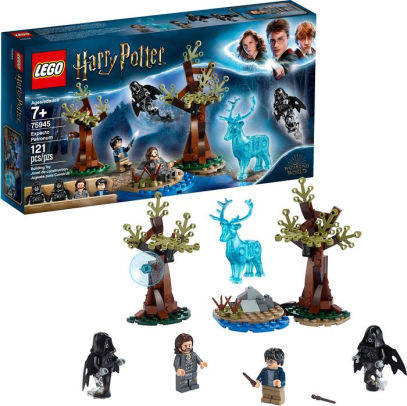Cave Club Doll 3-Pack, 10-inch Poseable Prehistoric Fashion Dolls with Neon Hair
Age Range: 4 Years and Up. Meet the Cave Club — a truly unruly group of prehistoric kids who are way ahead of their time!. Each doll in this Cave Club three-pack has a fiercely unique personality, and each wears a wild fashion and a totally untamed hairstyle to match.
Meet the Cave Club — a truly unruly group of prehistoric kids who are way ahead of their time! Each doll in this Cave Club three-pack has a fiercely unique personality, and each wears a wild fashion and a totally untamed hairstyle to match. Fernessa is wild about plants and animals, Tella can see glimpses of the future and Roaralai is always ready to pounce into action. Together, these prehistoric pals spark epic storytelling adventures! With flexibility at the elbows, wrists and knees, kids can help their Cave Club dolls sidestep a t-rex or dodge a lava geyser. Transport imaginations to the dawn of time and let them discover wild new stories with Cave Club dolls and toys. Kids can collect them all to make history with the whole crew! Each sold separately, subject to availability. Dolls cannot stand alone. Colors and decorations may vary.
Cave Club Doll 3-Pack, 10-inch Poseable Prehistoric Fashion Dolls with Neon Hair:
- Age Range: 4 Years and Up
- Meet the Cave Club — a truly unruly group of prehistoric kids who are way ahead of their time!
- Each doll in this Cave Club three-pack has a fiercely unique personality, and each wears a wild fashion and a totally untamed hairstyle to match.
- Fernessa doll wears a dress with a wild print, leafy epaulets and a Venus flytrap accessory in her pink curls
- Tella doll rocks a celestial dress with furry trim and a cool “crystal” accessory in her bright blue hair
- Purple-haired Roaralai doll is fierce in a tiger-striped dress, furry shrug, saber-tooth-inspired belt and matching hair accessory
- With flexibility at the elbows, wrists and knees, kids can help their favorite prehistoric characters sidestep a t-rex or dodge a lava geyser
- Transport imaginations to the dawn of time and let them discover new stories with an instant collection of Cave Club dolls! This set makes a great gift for kids aged 4 years and older
Additional information
| Brand | Cave Club |
|---|






by Valerie
I wanted my daughter to have these dolls for Xmas because I liked the bright colors lol I put on a couple of the cave club cartoon videos from YouTube and by the time Xmas arrived she was excited as she unwrapped them.
by Marly
My granddaughter loved them!
by Mary
My great-granddaughter was very happy with this Christmas gift.
by Aline
Me as an grown-up love these dolls, new year gift, someone little will be very happy.
by Tiffany
These are so cute. They are like cave women barbies. My 7 year old loves them.
by Sandra
Love them! Awesome got them for my granddaughter.
by Jose
Bought as a gift for my nieces and grand daughter. they were a hit!! Will definitly buy more.
by David
Beautiful dolls lots of play.